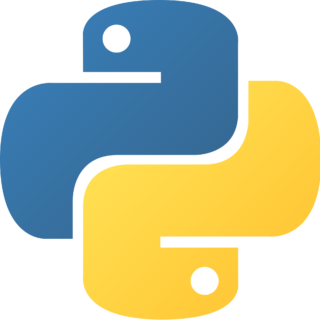Install LXC on Ubuntu
Linux Containers (“LXC”) is an operating-system-level virtualization method for running multiple isolated Linux systems on a control host using a single Linux kernel. LXC is the well known set of tools, templates, library and language bindings. It’s pretty low level, very flexible and covers just about every containment feature supported by the upstream kernel. LXC is production ready with LXC…
Read More »



